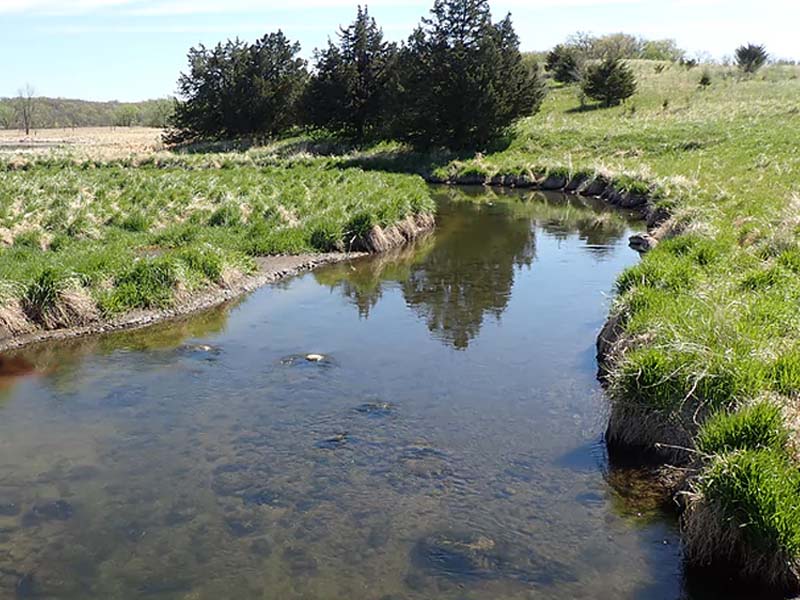The Grand River Marsh Wildlife Area is a popular adventure for guests. It is easily within a leisurely walking distance, a casual bike ride, or a short drive from Adeline’s.
Grand River Marsh Wildlife Area
About the Grand River Marsh Wildlife Area
The Grand River Marsh Wildlife Area is a 10,000-acre complex of marsh, grassland, oak savanna, river, and wood lots.
The Wildlife Area includes the Grand River Marsh Grasslands and a 1446-acre lake in Green Lake, Marquette Counties, with a maximum depth of 7 feet, and visitors can access the lake from a public boat landing. Fish species include Panfish, Largemouth Bass, northern pike, and Walleye
There are many trails for bird watching and hiking and three boat landings for your canoe or kayak.

Adeline’s Grand River Marsh Wildlife Adventures
Within one and a half miles of Adeline’s, the Grand River Marsh Wildlife Area provides guests with fun adventures, from cross-country skiing and hiking in the winter to bird watching and canoeing in the spring to fishing and exploring in the summer to enjoying a refreshing nature walk in the fall. Adeline’s has bicycles and ample parking for trailers.
Another Popular Adventure is to nearby Amish Settlements
About the Grand River Marsh Grasslands
Encompasses Grand River Marsh State Wildlife Area and the western two-thirds of Lake Puckaway, the Grand River Marsh Grasslands is designated by the state of Wisconsin as an Important Bird Area (IBA)
The Grand River Marsh Grasslands contain extensive, high-quality wetland habitats, including emergent marsh, sedge meadow, wet prairie, and open bog. Oak barrens, oak forests, and planted grasslands are found in the uplands.

Grand River Marsh Grasslands Ornithological Importance
The Grand River Marsh Grasslands hosts good-priority grassland, wetland, and shrub bird populations. Henslow’s sparrow, grasshopper sparrow, bobolink, Eastern meadowlark, blue-winged teal, sedge wren, American bittern, black tern, Forster’s tern, great egret, Virginia rail, red-headed woodpecker, willow flycatcher, brown thrasher, and field sparrow all breed here. The site supports significant concentrations of waterfowl, shorebirds, waterbirds, and landbirds during staging and migration, including thousands of sandhill cranes and tens of thousands of swallows.
Unique whole house vacation retreat in Wisconsin for every season.
Adeline’s House of Cool is located in Green Lake County Wisconsin near the Wisconsin communities of Marquette, Markesan, Kingston, Dalton, Endeavor, Green Lake, Montello and Princeton.
Member of the
Markesan Chamber of Commerce
Green Lake Chamber of Commerce
Princeton Chamber of Commerce
